Synopsis
One of the key principles of such “Traditional and Alternative Health Care & Healing Systems” is the idea that our body has a natural ability to heal itself and illness is seen as a result of imbalance in our body’s systems. It seeks to restore balance and harmony to our body and improve our overall health and well-being.
Read all parts of this series Part 1 I Part 2
Introduction:-
The term “Traditional and Alternative Medicine” in common parlance refers to a health care solution system which has been practiced in any particular geography since years. And with the passage of time, it generally became an intrinsic part of life in that region for primary health care assistance. Such indigenous systems of health care and healing claim to deal with the root cause of problems and not just removal of symptoms. Since being practiced for years, such systems generally have a very rich repository of knowledge. Due to its vast exposure spread over an equally vast time period it is believed to have developed tremendous potential to cure.
One of the key principles of such “Traditional and Alternative Health Care & Healing Systems” is the idea that our body has a natural ability to heal itself and illness is seen as a result of imbalance in our body’s systems. It seeks to restore balance and harmony to our body and improve our overall health and well-being.
Prominent “Traditional and Alternative” systems of Health care and Healing
It’s to be understood that since ages many different types of health care and healing systems have come into existence and gradually got developed as a “system” to cure people within their respective geography and culture.
However, there are some prominent systems which have later become accepted worldwide considering its overall health benefits irrespective of geography. Some major & worldwide accepted systems are produced below with brief information.
Acupressure
It is a form of alternative medicine that involves applying pressure to specific points on the body, typically with the fingers or hands, to promote healing and alleviate pain and discomfort. It is based on the same principles as acupuncture, in that it is believed to stimulate the flow of energy, or “qi,” through the body’s energy pathways, or “meridians.” By applying pressure to specific points on these pathways, acupressure is believed to restore balance to the body’s energy flow, reduce pain and inflammation, and promote healing.
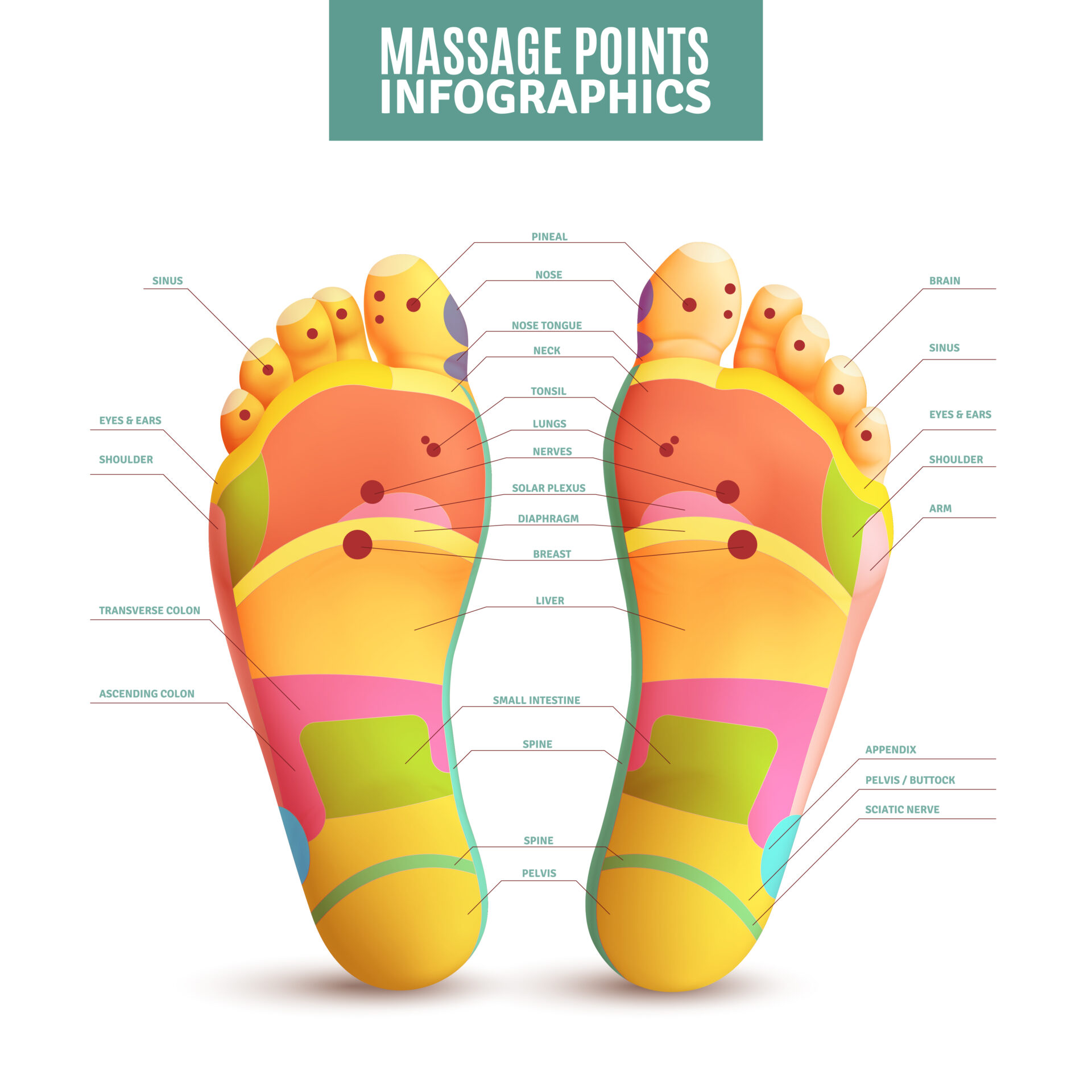
Chiropractic
It focuses on the relationship between the spine and the nervous system. Chiropractors use manual manipulation of the spine and other joints to improve the body’s alignment and restore health. It is a form of alternative medicine that focuses on the diagnosis and treatment of musculoskeletal and nervous system disorders, particularly those that affect the spine. Chiropractors use hands-on techniques to manipulate the spine and other joints in the body, with the aim of reducing pain and improving overall function.
It is based on the belief that misalignments in the spine and other joints can interfere with the body’s nervous system, leading to pain, discomfort, and other health problems. By manipulating these joints back into alignment, chiropractors aim to restore proper nerve function and promote healing.

Homeopathy
It is based on the principle that “like cures like”, which means that a substance that causes symptoms in a healthy person can be used to treat similar symptoms in a sick person. Homeopathic remedies are highly diluted substances that are believed to stimulate the body’s natural healing processes. It is a system of alternative medicine that was developed in the 18th century by German physician Samuel Hahnemann. In homeopathy, remedies are made from natural substances such as plants, minerals, and animals. These substances are highly diluted and succussed, or shaken vigorously, in a process called potentization. The goal of this process is to release the healing properties of the substance while removing any potential toxic effects.
One of the key principles of homeopathy is that the remedy must be tailored to the individual, rather than the disease. Homeopathic practitioners spend a significant amount of time getting to know their patients, in order to choose the most appropriate remedy for their specific needs.
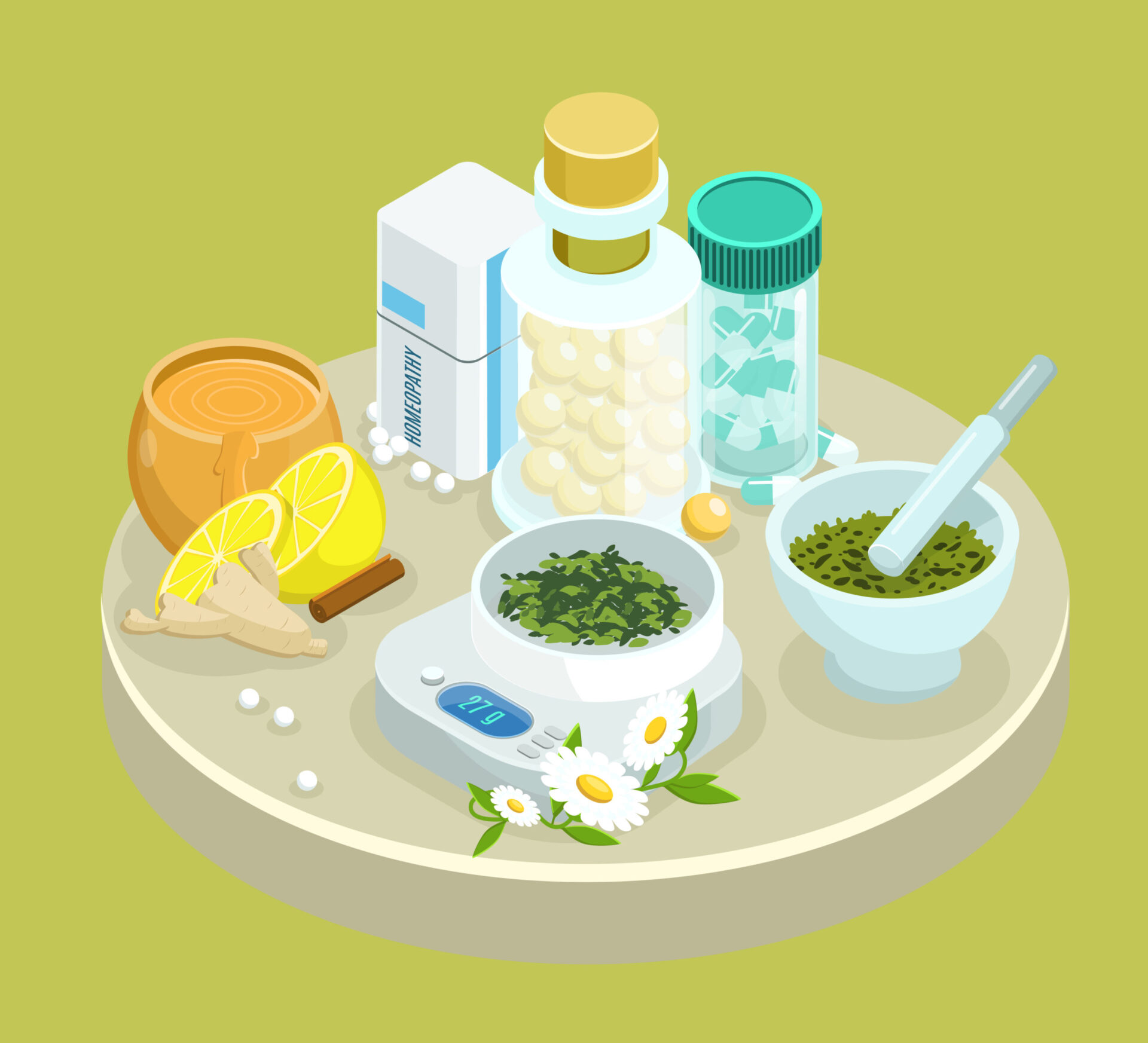
Naturopathy
It emphasizes on natural remedies and our body’s ability to naturally heal itself and by supporting this natural healing process, overall health and wellness can be improved. It is a form of alternative medicine that focuses on the use of natural remedies and techniques to promote healing and prevent illness. Practitioners use a variety of techniques to help their patients achieve optimal health, including herbal medicine, nutritional counseling, acupuncture, massage therapy, and lifestyle counseling. They also emphasize the importance of a healthy diet, exercise, and stress management in promoting overall wellness.
They take a holistic approach to health care, which means they consider the patient’s physical, mental, and emotional well-being when developing treatment plans. They also aim to address the underlying causes of illness, rather than just treating the symptoms.
For easy & ready reference to Naturopathy, indian government’s official website can be referred. https://main.ayush.gov.in/ayush-systems/
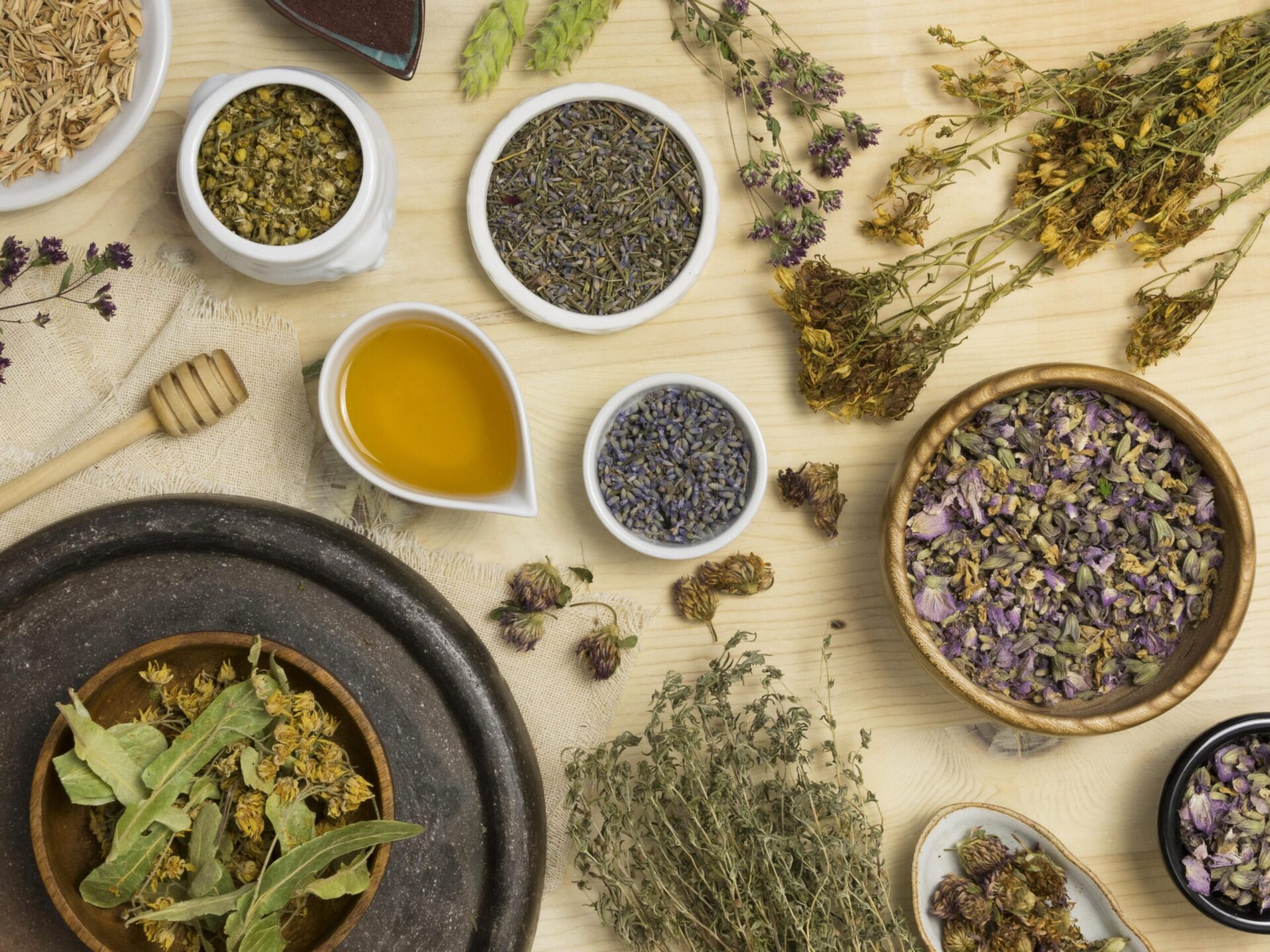
Reiki
It is based on the idea that a practitioner can channel energy into a patient to promote healing and balance. It involves transfer of energy from the practitioner to the patient. It is aimed at balancing the energy within the patient’s body and promoting a sense of well-being. It is a form of alternative therapy that originated in Japan in the early 20th century. Practitioners use their hands to channel energy into the patient’s body, either by placing their hands directly on the body or by holding their hands a few inches above the body.
One of the key principles of Reiki is that the energy transfer is guided by the patient’s own body, rather than the practitioner. The practitioner is simply a conduit for the energy, and does not direct or control it in any way.
For easy & ready reference to Reiki, international association of reiki professionals website can be referred. https://iarp.org/
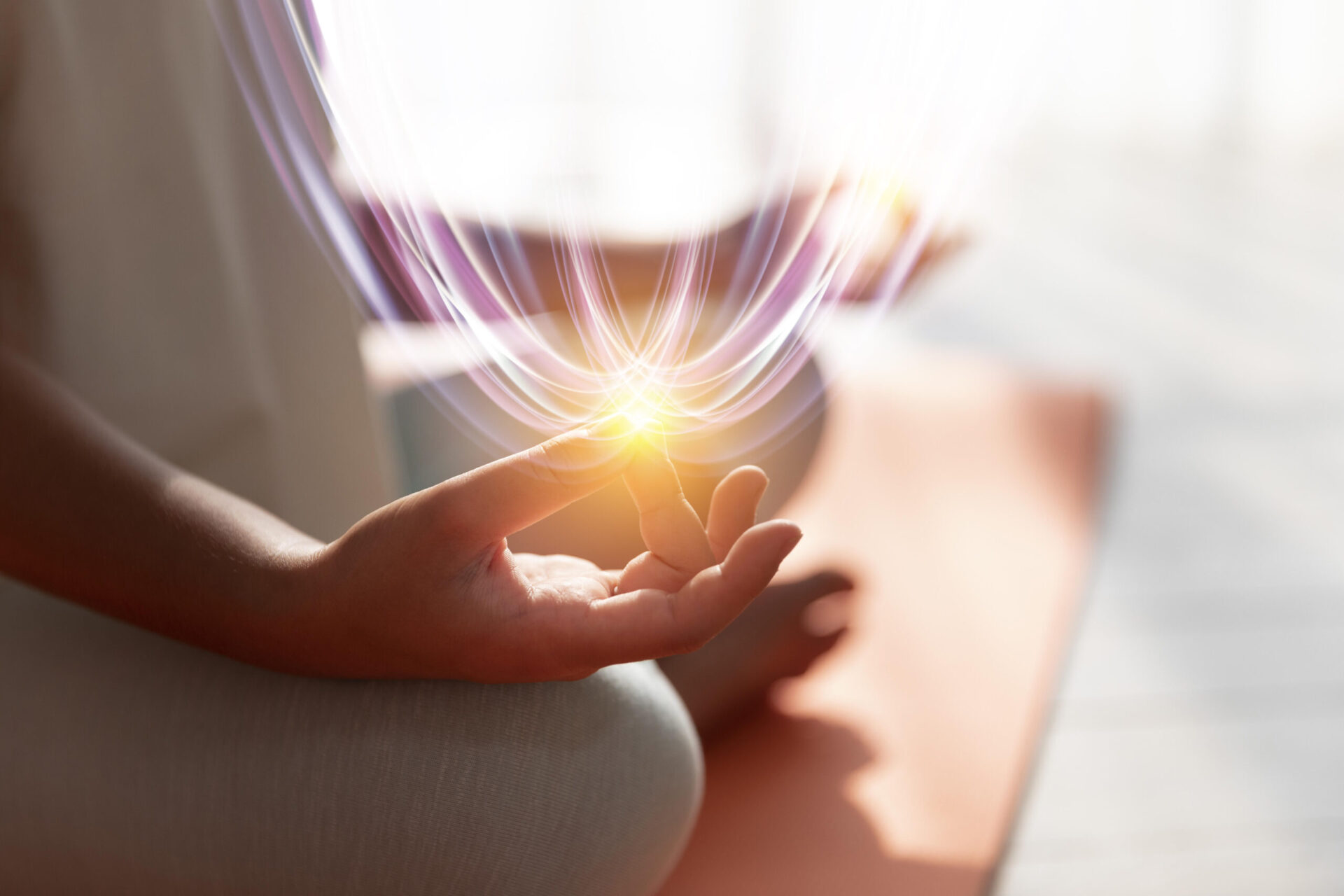
Reflexology
It involves applying pressure to specific points on the feet, hands, or ears, which are believed to correspond to specific organs or systems in the body. These points are believed to correspond to specific organs and systems in the body, and by applying pressure to them, reflexology practitioners aim to promote overall health and well-being.
It is based on the principle that the body’s energy flow can be improved by stimulating specific points on the feet, hands, or ears. By working on these points, reflexology practitioners believe they can help to promote relaxation, reduce stress and tension, and improve circulation and overall health.
For easy & ready reference to Reflexology, reflexology association of america website can be referred. https://reflexology-usa.org/
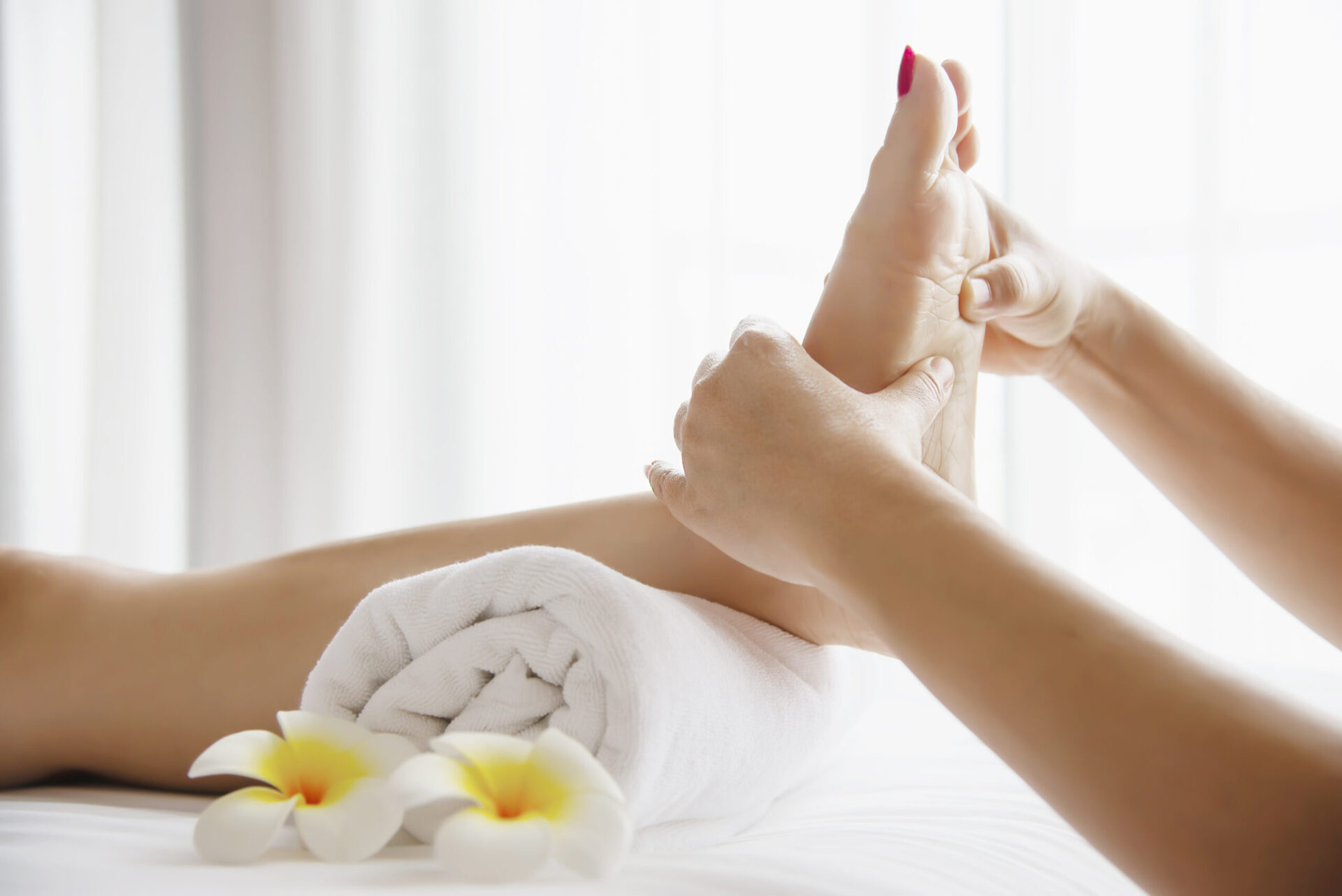
Effects of “Traditional and Alternative” systems of Health care and Healing
“Traditional and Alternative” systems of medicine can have diverse effects, depending on the specific practice and the individual. However, potential effects can be generalised as below.
- Can provide effective treatment for a wide range of conditions as these systems have been used for centuries to treat a wide variety of health conditions, and many have been scientifically validated.
- May have fewer side effects than some modern pharmaceuticals as many traditional medicines are made from natural ingredients.
- May be more accessible and affordable, particularly in areas where modern healthcare is not readily available or affordable.
- May offer a more holistic approach to health addressing the root cause rather than just treating specific symptoms.
- Can provide immediate relief for certain conditions, for e: g: – acupuncture and massage, have already been scientifically validated to provide relief for certain type of health conditions.
- May carry risks if not used properly, can be toxic or interact with other medications, and should be used under the guidance of a qualified practitioner.
Conclusion
According to WHO, 88% of all countries are estimated to have been using traditional medicine, such as herbal medicines, acupuncture, yoga, indigenous therapies and others. One hundred seventy Member States have reported the use of traditional medicine in their countries. Today, it’s often used in coordination with modern medical treatments, and there is growing interest in its study to ascertain & verify their potential uses and benefits.
Though, it is equally important to note that while traditional and alternative health care systems have been used for centuries and it has its own set of positive side, they should never be used in place of modern medical care for serious health conditions. It is always important to consult a qualified healthcare provider before pursuing any form of medicine, traditional or alternative.
Health Care & Healing : 18 Prominent Traditional and Alternative Systems – Part 1
Health Care & Healing : 18 Prominent Traditional and Alternative Systems – Part 2

